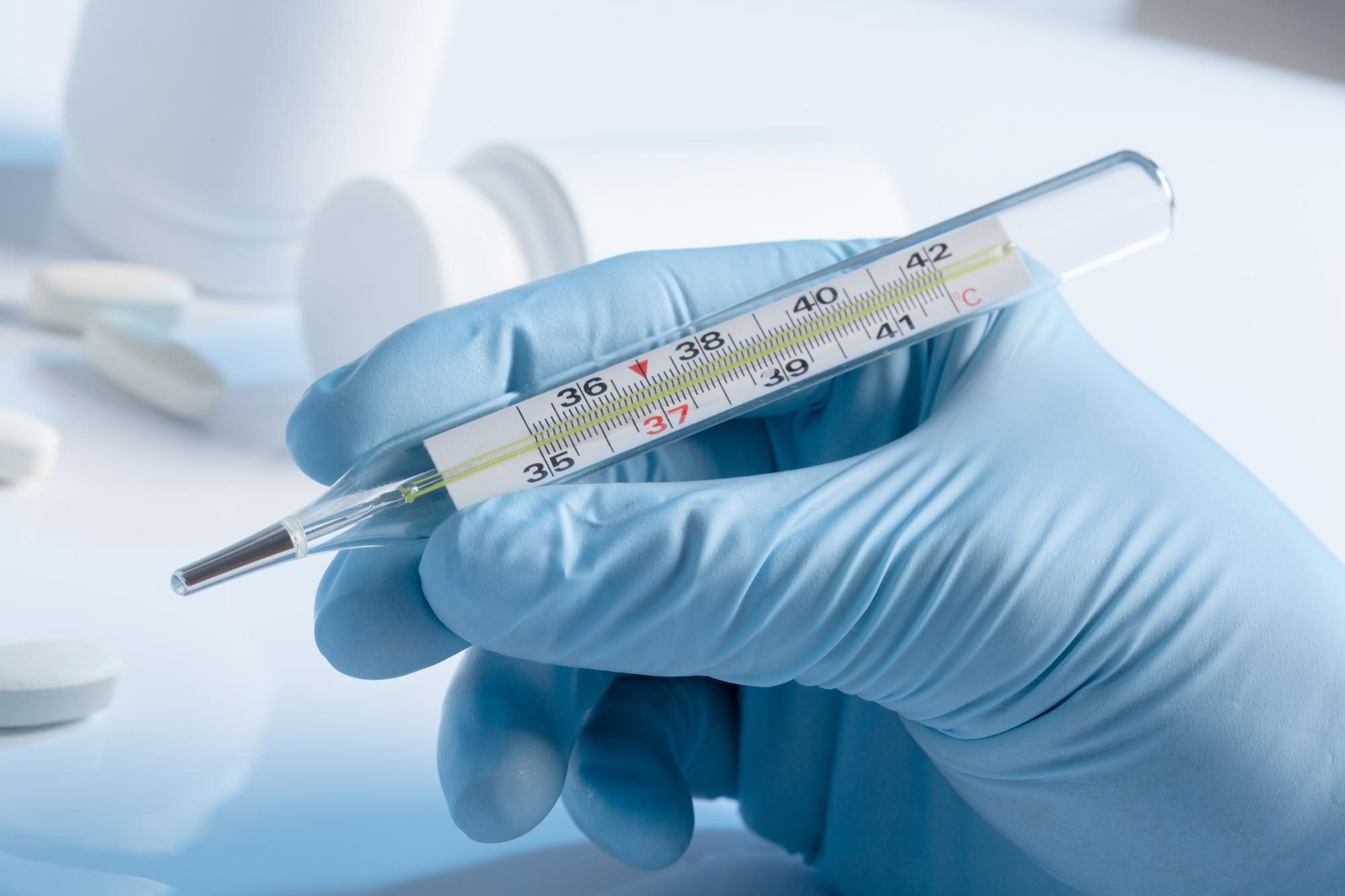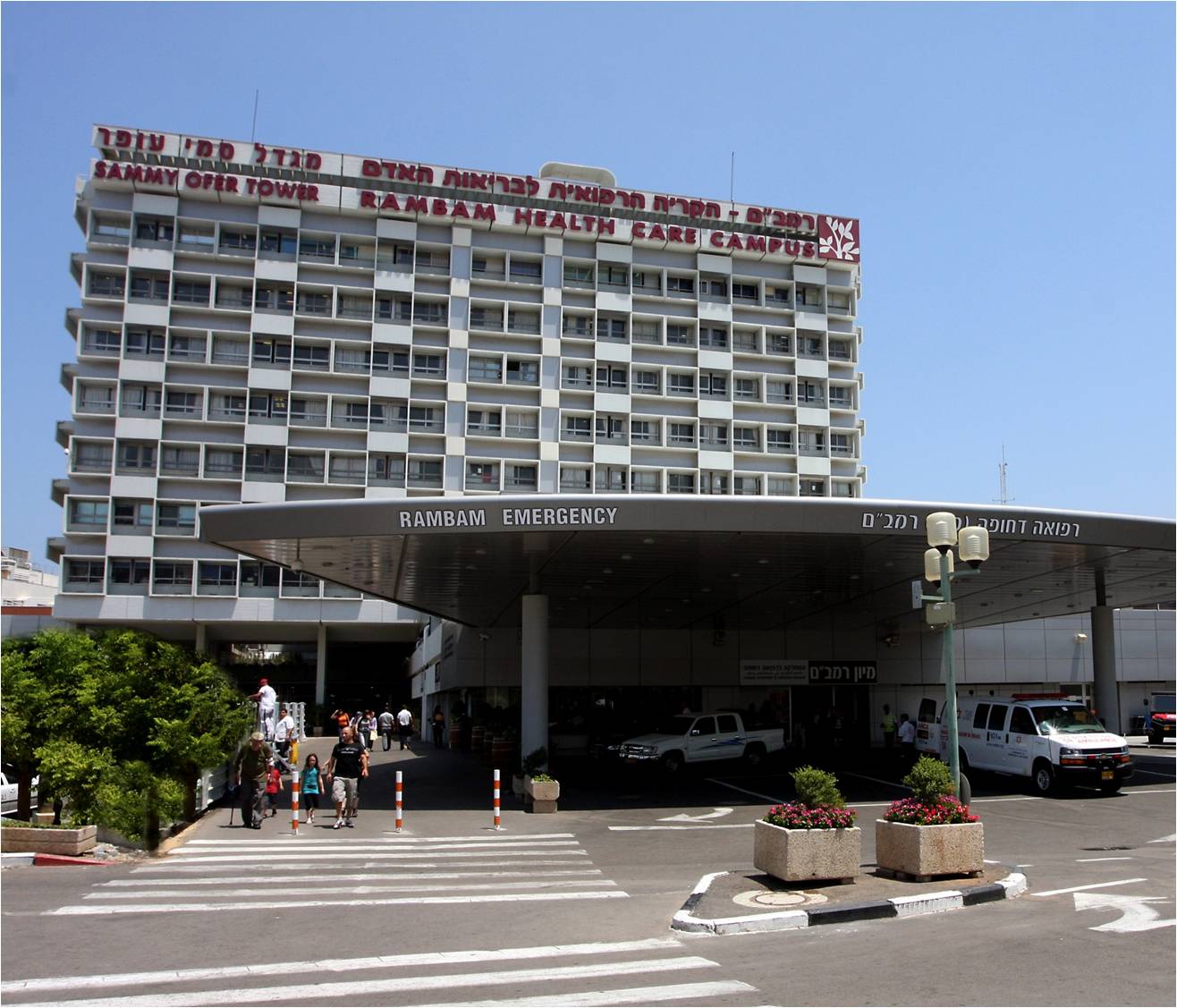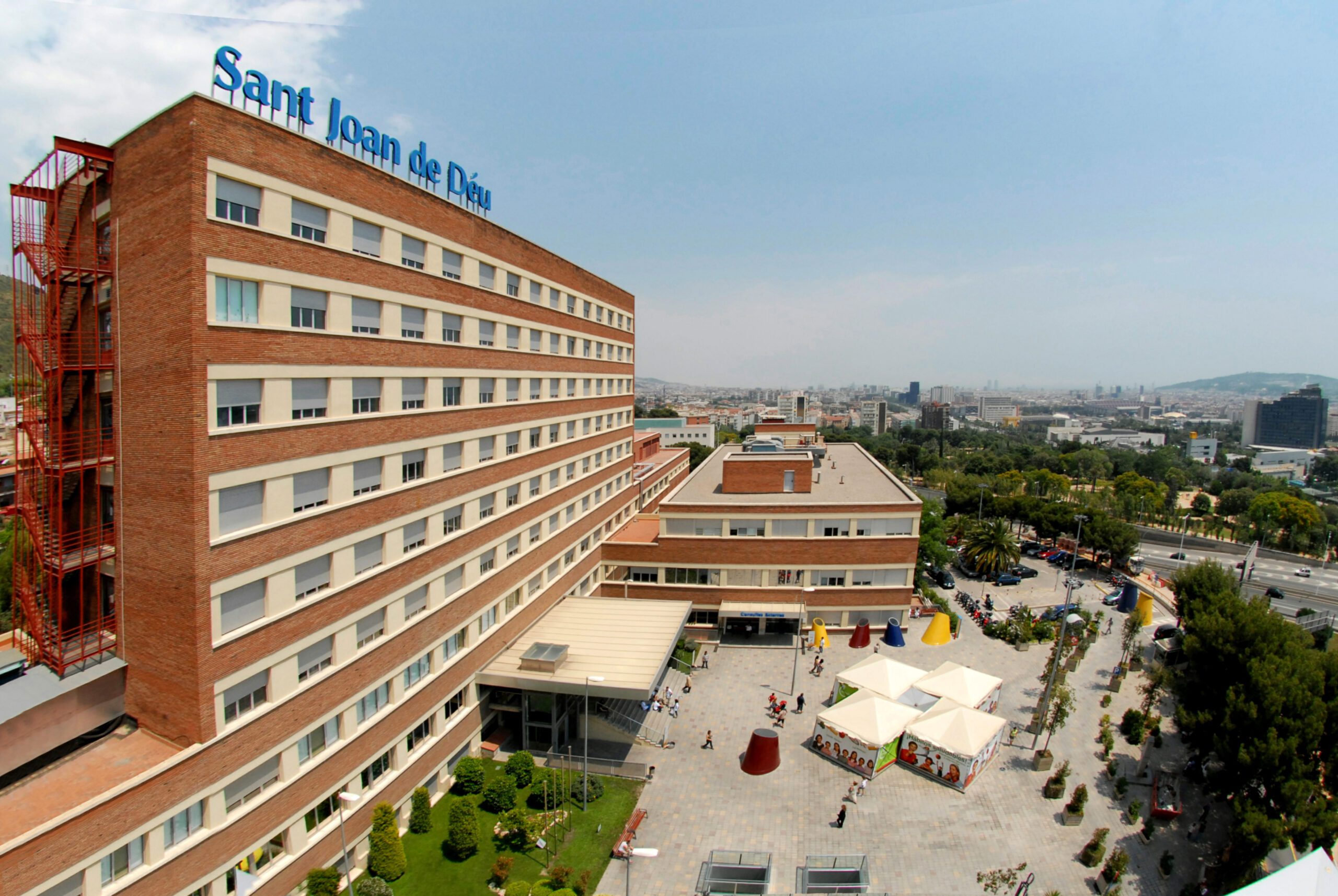Cancer isn’t one single illness, and no single method works for everyone. For many years, surgery, radiation, and chemotherapy have been the standard options. But now, newer methods are gaining attention – including some older ideas that have been refreshed through updated tools. One such option is hyperthermia therapy, sometimes called thermal therapy cancer fighting method or just using heat for cancer treatment.
How It Works
It’s a simple idea. Cancerous tissue tends to respond more to warmth than healthy tissue. By gently heating the tumor- or sometimes the entire body – clinicians can weaken or destroy malignant cells, while sparing most nearby healthy tissue.
There are two core types of this method:
- regional hyperthermia, where warmth is directed at one area;
- whole-body hyperthermia, where heat is spread across the full body when the disease is more widespread or harder to pinpoint.
How It’s Being Used
Hyperthermia is rarely a stand-alone option. It’s usually combined with other types of therapy. For example, warmth might be applied before chemotherapy or radiation to improve their effect. Heating can change how blood flows in and around tumors, making the harmful cells more open to these approaches.
It’s not a miracle answer or a completely new cancer cure, but in select cases, it’s proven to be useful. Some care centers already include it in treatment plans for certain cancers like cervical cancer, soft-tissue sarcomas, or recurring breast tumors.
What Makes It Promising
There’s still a lot we don’t fully know. This method hasn’t spread widely. Part of the reason is equipment – it can be specialized and expensive. Plus, not all patients are ideal candidates. More clinical research is needed to learn how different cancers respond, what heat levels work best, and how long to apply treatment.
Lack of awareness is another factor. Many individuals – including patients and even health providers – aren’t yet familiar with hyperthermia therapy. It doesn’t get as much attention as things like immunotherapy, but it’s quietly gaining recognition.
When might this approach be suggested?
Hyperthermia might be explored when:
- other methods haven’t worked well enough;
- the cancer is located in a place that can be targeted;
- the person is involved in a clinical research study;
- there’s reason to avoid intensive surgery or strong chemotherapy.
In those cases, adding heat may help shrink a tumor or at least stop it from growing further.Just send us a request through our website, and we’ll match you with a specialist who’s the right fit for your situation. We work with leading medical professionals across a wide range of oncology institutions to make sure you get the care you need.
Shenzhen Genoimmune Medical Institute (GIMI)
The Shenzhen Geno-Immune Medical Institute (GIMI) stands at the forefront of gene and immune cell therapy, pioneering innovative solutions beyond FDA-approved CAR-T treatments. Led by renowned expert Prof. Lung-Ji Chang, inventor of the widely-adopted lentiviral vector system, GIMI has delivered effective treatments for over 1,000 cancer cases with cutting-edge 4th generation CAR-T technologies.
What is hyperthermia treatment?
It’s a technique that uses targeted heat to harm or break down cancerous cells. Heat can be directed to one part or across the whole body.
Is hyperthermia cancer treatment FDA-approved?
Some devices for this purpose have clearance for limited clinical use, like when used together with radiation. But overall, it’s still viewed as an experimental therapy in many places.
What temperature kills cancer cells?
Usually between 41°C to 45°C (roughly 106°F to 113°F). That’s warm enough to affect tumors, but typically not damaging to healthy tissue – especially when carefully controlled.
Is hyperthermia treatment safe?
When managed in a professional setting, it’s mostly considered safe. Still, as with any therapy, there can be downsides like mild burns, discomfort, or reactions when used alongside other treatments.











